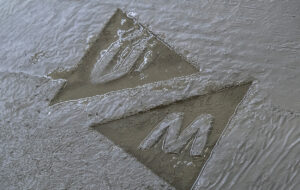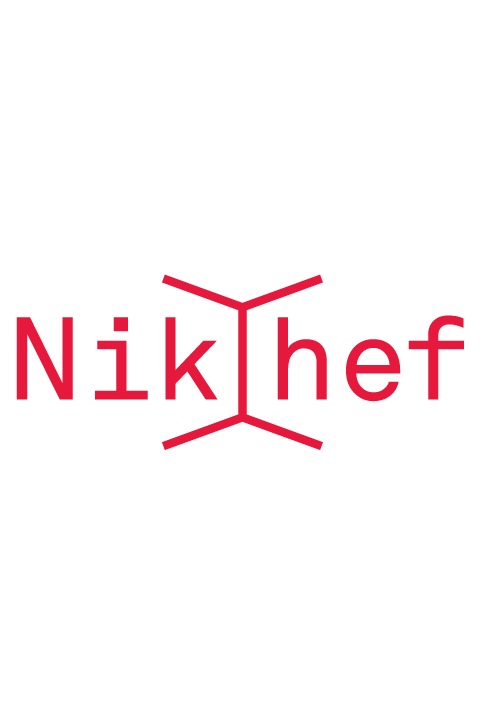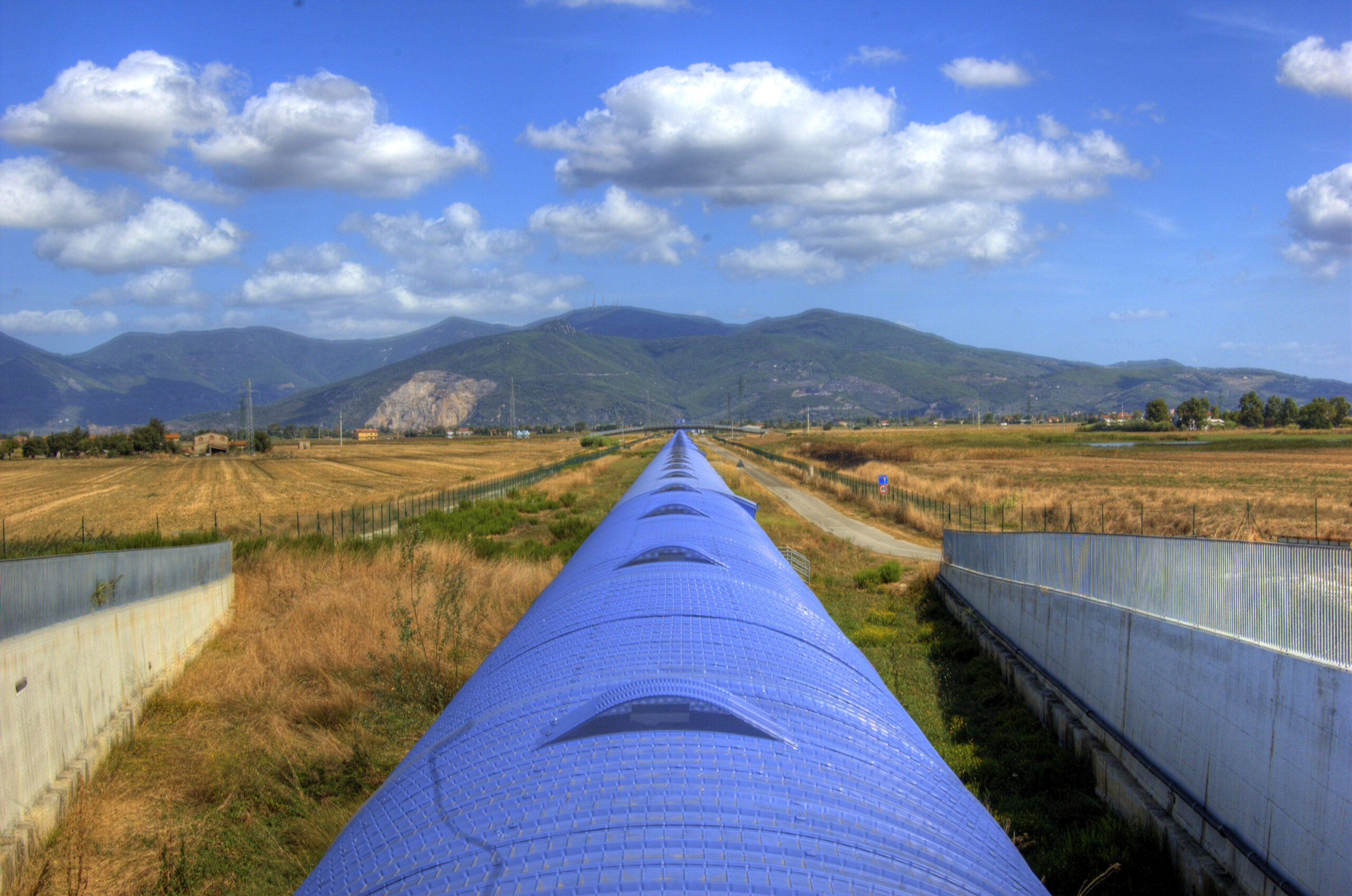A new step for ETpathfinder: last week the concrete floor was poured into the hall of Duboisdomein 30 in Maastricht. The floor has been designed in such a way that the future laser interferometer setup will be affected as little as possible by disturbances in its environment. The floor has to dry for at least two weeks before the installations can be built.

Project Manager Stefan Hild explains how it works: “In order to make the floor very stable, it sits on 169 pillars which have been drilled into the ground and it is made out of two separate parts. The outer part is connected to the building itself with all its noise from ventilation system and humans. And then there is an inner part of the floor on which the core of ETpathfinder will sit. Splitting the floors guarantees that ETpathfinder will not feel any of the movement of the building itself or for instance of the wind pushing against the building walls and moving the ground.”

When the floor was still wet, Stefan Hild and Dean Thomas Kleij stamped the logo of Maastricht University into the floor.
Although the facility will be located in Maastricht, it is a collaboration of 15 knowledge institutes in the Netherlands, Belgium and Germany. In addition to Nikhef and Maastricht University, TU Eindhoven, University of Twente and TNO are involved in the Netherlands. Funding comes partly from EU budgets for interregional cooperation, and partly from government bodies including the Ministries of Education, Culture and Science, the Ministry of Economic Affairs, and Climate and the provinces of Limburg and Noord-Brabant.
Cleanroom and laser setup
The construction of the cleanroom – a dust-free hall with a stable temperature in which the equipment will be installed – is expected to start in October. Maastricht University is currently using a tender procedure to find a company that can design and build this 6,000 m3 cleanroom. Once the cleanroom is ready, the construction of the laser interferometer setup can begin in March.
This laser set-up will have two 20-metre long vacuum arms and six towers containing vibration dampers and ultra-deep-cooled mirrors. This is sensitive equipment, that needs a dust-free environment and as little disturbances as possible.
About ETpathfinder
ETpathfinder will be a testing ground for new and better technologies for gravitational wave detectors. The name refers to the Einstein Telescope: the future gravitational wave observatory that will apply these new and improved technologies for the first time. Although concerned primarily with technology for the detection of gravitational waves, ETpathfinder will provide new knowledge and technologies that can be applied much more widely.

